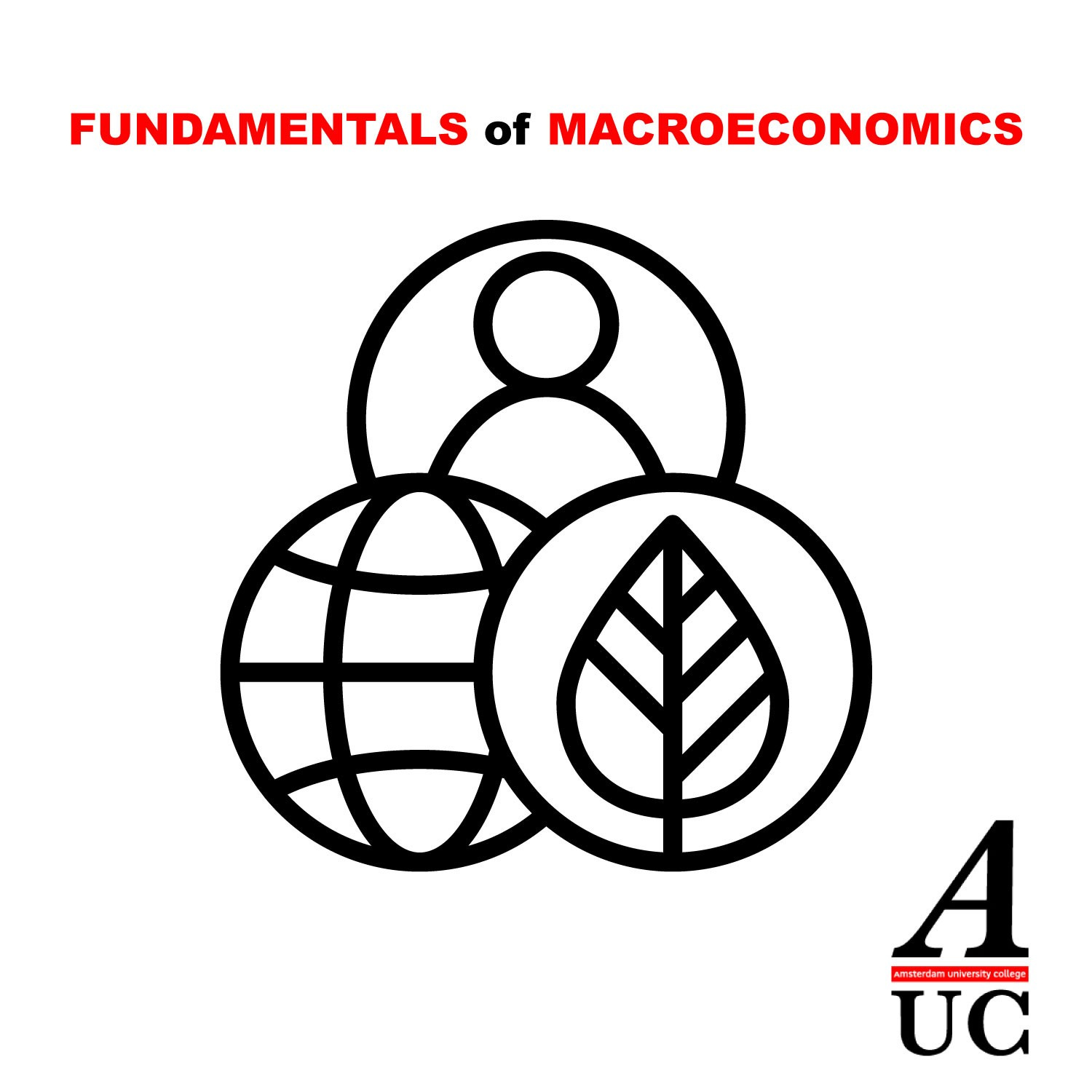Facing an Aging Crisis: Is Immigration the Solution
Description
Script with References
1. Introduction
Welcome to Christmas Special! My name is Lisa Weiss and today’s panel will center around the following question: facing an ageing crisis: is immigration the solution?
The rapid ageing of the population - coupled with a decrease in birth rates - presents countries with a formidable challenge. Interestingly enough, we hear voices from both sides: while economists such as Giovanni Peri strongly advocate for the beneficial role of immigrants, experts including Martin Feldstein are more skeptical.
Given the media attention this issue has been given, today we have brought together two experts – Vassily Merkulenko and Chiara Paretti (they say hi)– to explore whether and to what extent immigration can provide an economic solution to these ageing populations.
According to the World Bank’s Development Report 2023, the developed world is facing a tremendous demographic shift. On the one hand, birth rates are plunging. This year, the World Economic Forum released statistics indicating that between 1950 and 2022, Mexico’s fertility rate dropped from nearly 7 to 1.8, well below the 2.1 needed for population replacement. This is contrary to Malthusian logic, which holds that the population grows when living standards increase.
Furthermore, it stated that high- and middle-income countries are ageing quickly. The share of people over 65, is now at 20%, but is expected to reach 30% in just a few decades. Spain’s population of 47 million is projected to shrink by more than one-third by the end of the century, with those over 65 accounting for almost half of the population (Devictor, 2023).
In an article that came out only 2 weeks ago, Business Insider points to shifting demographics as a direct cause for disinflation in countries such as South Korea, Italy, and now China. Japan is perhaps the most striking example of this phenomenon. In fact, Eurizon strategists refer to Japan as a living example of how an ageing population leads to aggregate demand outpacing supply.
Economists like Feldstein already suggested in 2006 that the combination of increased longevity and a reduced birth rate will directly reduce the growth rates of economies.
The ageing of the population will present a major fiscal challenge for governments, as slower growth of GDP means less tax revenue at the same time that social pensions and health care (which are currently tax-financed) will substantially increase.
This means there will be fewer workers to support older people and growth and that countries will need to seek out immigrants to sustain their economies and fill labour shortages (Devictor, 2023).
Thus, we wonder: is immigration the solution? We will start by looking in more detail into the effects of ageing populations on labour supply. Vassily, what does the empirical evidence suggest?
Discussion
* LABOR PARTICIPATION/SUPPLY
Vasily: Total net immigration can offset a decline in labor participation from aging. Labor participation, or the participation rate, refers to the percentage of the working-age population employed or seeking employment. It is calculated by dividing the labor force by the population of working age. According to Giovanni Peri, migrants are typically younger than natives and a larger proportion are in working age relative to natives. Thus they increase the size of the labor force which counters natural decline (where more people age out of working age than how many come in)(Peri, 2020).
Lisa: Is there a concrete example of migrants increasing labour participation within a country suffering from an ageing crisis?
Vasily: Yes, we can see this benefit through Sweden. In Sweden, ¼ of the population will be over 65 by 2050 (Segendorf & Theobald, 2019). Among the native population, 54% are working age which means there is a high-dependency ratio. However, among the immigrants, 70% are working age with a low dependency ratio. Accordingly, immigrants have a good age structure for aging societies and without them, Sweden would suffer more from aging (Segendorf & Theobald, 2019).
Chiara: Yes, but young migrants are not the sole solution. The real challenge lies in swiftly integrating these immigrants into the labor market (AGING SOCIETIES Policies and Perspectives, 2019). Simply increasing immigration numbers won't support high economic output alone. As Professor Joan Muysken mentions, it needs to be supplemented by increasing the labor force participation rate, not just among the young but especially among the older population (Muysken, 2008).
Vasily: Yes but immigrants do still increase the wider participation in the labor market, particularly among highly skilled native women when there is an inflow of lower-skilled female labor migrants (AGING SOCIETIES Policies and Perspectives, 2019). This offsets the low labor force participation in aging populations.
Chiara: But is this truly relevant in the long term? Leith Van Onselen states that while immigration can help in the short term, it primarily affects population numbers but doesn't significantly alter the long-term age structure. This is because immigrants themselves will age and eventually add to the older population segment. Therefore, we should not solely rely on immigration but better enhance the productivity of the aging workforce as well as foster social and healthcare systems that effectively cater to an older population (Onselen, 2017).
Vasily: But we also have to note immigrant fertility rates are higher than those of natives (Peri, 2020). For example, Giovanni Peri notes that in the US, the total fertility rate of natives was 1.76 children per woman in 2017, whereas that of immigrants was 2.18 (Peri, 2020). This helps keep fertility levels close to replacement level which is needed especially in aging societies to provide labor supply in the long run (Peri, 2020).
Lisa: Thank you! I think we have now a clearer picture of the dynamics of labour participation. Let’s turn to the skill composition of immigrants. Vassily, what insights can you share with us?
* SKILL COMPOSITION/EMPLOYMENT
Vasily: The concept of complementarity is key to bring up. Complements to immigrant labor are factors of production, which differ from the immigrants, that become more productive with immigration. Therefore, if immigration acts as a complement in the production of a variety of goods and services, it has a positive effect on productivity, countering the decrease in productivity from aging (Segendorf & Theobald, 2019). Using this concept of complementarity, Segendorf & Theobald state that low-skill immigration has positive wage and employment effects on high-skill natives. These natives now have higher relative qualifications and can take on more complex tasks (Segendorf & Theobald, 2019).
Chiara: Indeed, the concept of complementarity holds significant merit, however, we must also be cautious not to overlook the potential downsides regarding the immigrants’ skills. Indeed, Sgendorf and Theobald also acknowledge that an influx of low-skilled immigrants might lead to direct competition with low-skilled native workers, possibly impacting their wages and employment opportunities negatively on wages and employment for natives.
Vasily: However, you also have to consider that low-skill natives can undergo training or become specialists to avoid this higher competition from immigrants (Segendorf & Theobald, 2019). For example, in Turkey, the high influx of Syrians created more higher-wage formal jobs and enabled occupational upgrading of Turkish workers who now enjoy higher average wages (AGING SOCIETIES Policies and Perspectives, 2019). This promotes growth under the strain of the elderly.
Chiara: True, training and specialization are pathways for natives to avoid competition. However, this is not always a feasible or quick solution. Plus, as Segendorf and Theobald (2019) point out, it's essential to acknowledge that immigrants often arrive with lower human capital than natives, which can lead to a short-term decrease in average productivity. This reduction in productivity can be particularly challenging in aging societies where there is a pressing need for a skilled workforce to offset the economic impacts of a shrinking working-age population.
Vasily: But in the long term there can be positive effects, with immigrants generating new ideas and bringing with them a higher probability of creating patents (Segendorf & Theobald, 2019). This can serve useful in raising productivity levels under an aging society.
Lisa: Indeed, this is why we need to keep in mind the importance of labour unions and institutions. They play a vital role in the economic development of countries in the long run. Employers can help policymakers identify and define labour needs. They often know best where shortages are, where skills will be needed, and what kind of high- and low-skilled workers are most sought after (Devictor, 2023). According to the European Commission, several countries such as Spain, Finland or Ireland have put in place consultative bodies in which employers — as well as labour unions or local authorities — help identify strong skill matches. Furthermore, decent jobs generally lead to a smooth integration into the labour force and society.
Chiara: Also, a notable trend that we witness today, particularly in Europe, is the increasing immigration




















